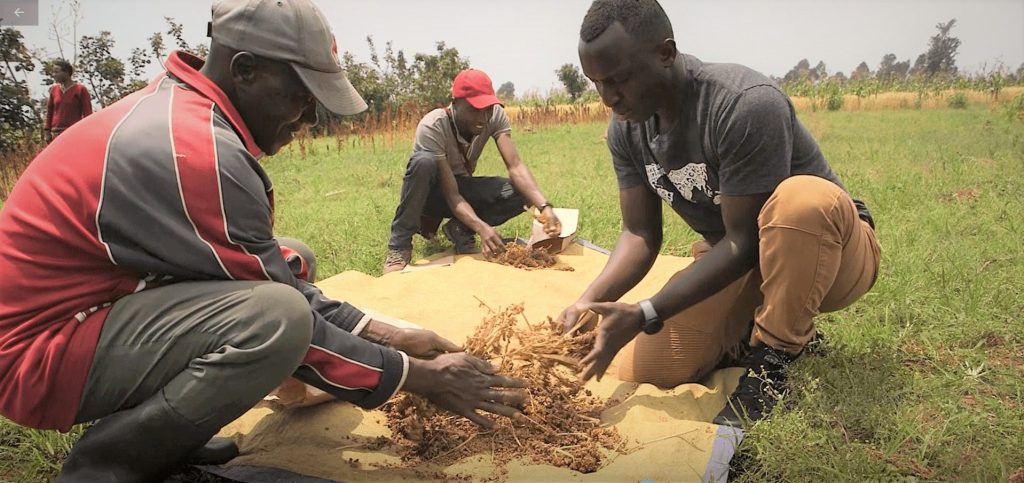When asked what he remembers about the night almost exactly 25 years ago that violence erupted in his country of Rwanda, Cedric Habiyaremye recalls the panic on his father’s face as he came running into the house, saying the family had to leave right away.
“I was only 7 years old, and I remember thinking, ‘What did my father do to get us in trouble?’ I didn’t understand what was going on.”
He’ll never forget the scene that greeted his family outside.
“What comes to mind is chaos. People screaming, running, hiding,” Cedric tells me. “Seeing dead people — people I used to play with.”
It was April 7, 1994. The day that civil war broke out in Rwanda. The genocide would leave more than 800,000 people dead.
Cedric and his family — his mother, father, and older brother — managed to survive. For nearly a month, they headed east on foot, hiding in the forests and bushes during the day when it wasn’t safe to be seen, and walking at night, protected by darkness. Crossing the border into Tanzania, they discovered a makeshift camp where thousands of Rwandan families had sought refuge.
Yet his story is not just one of survival. It’s also one of perseverance, passion, and the fulfillment of a pinkie promise he made with his brother shortly after their return to Rwanda.
I recently spoke with Cedric about his journey from refugee to agricultural researcher, his hopes for the future of Rwanda, and how he’s using alternative crops to nourish the next generation.

